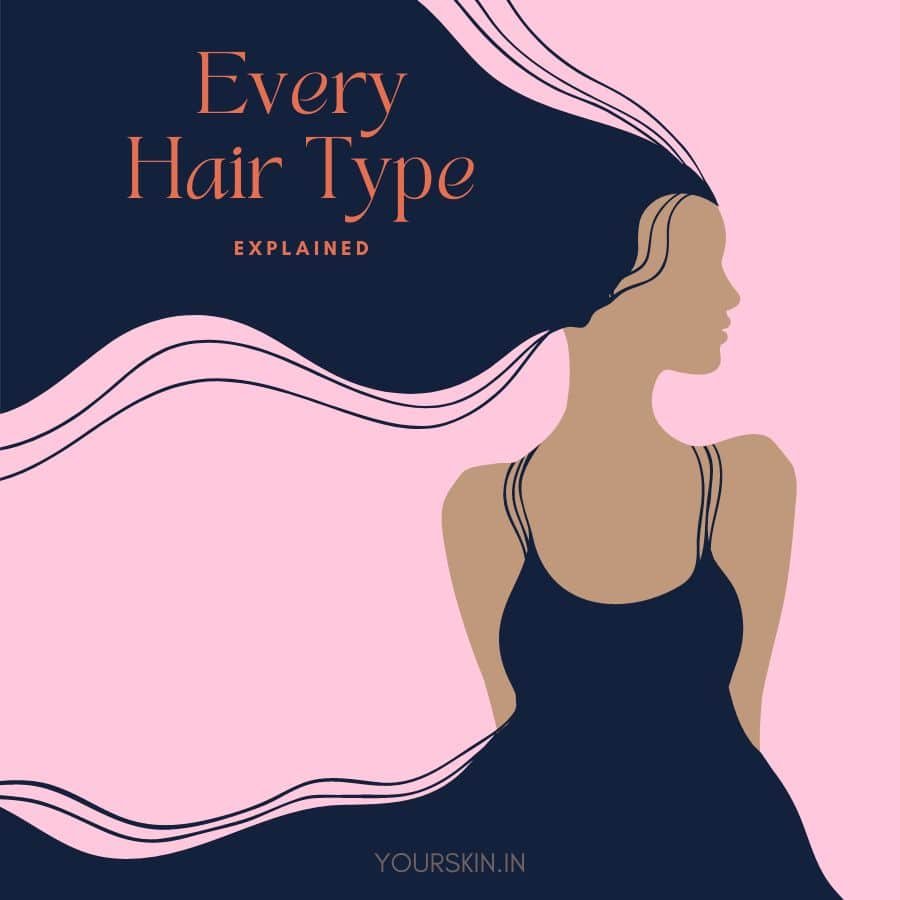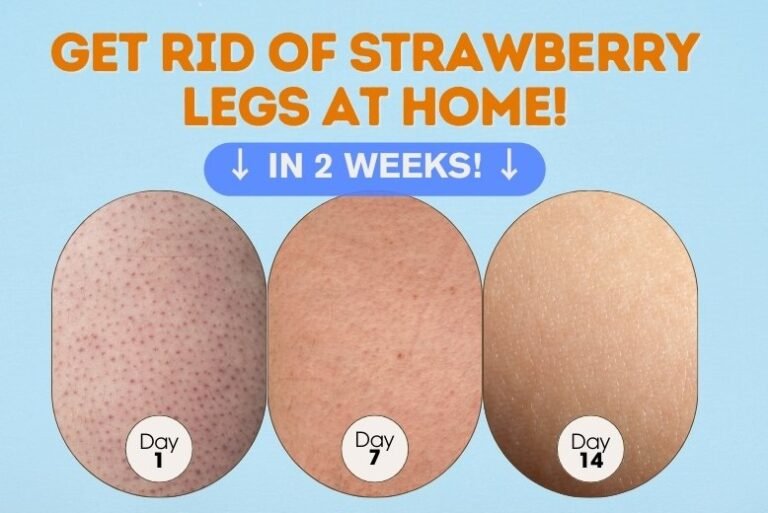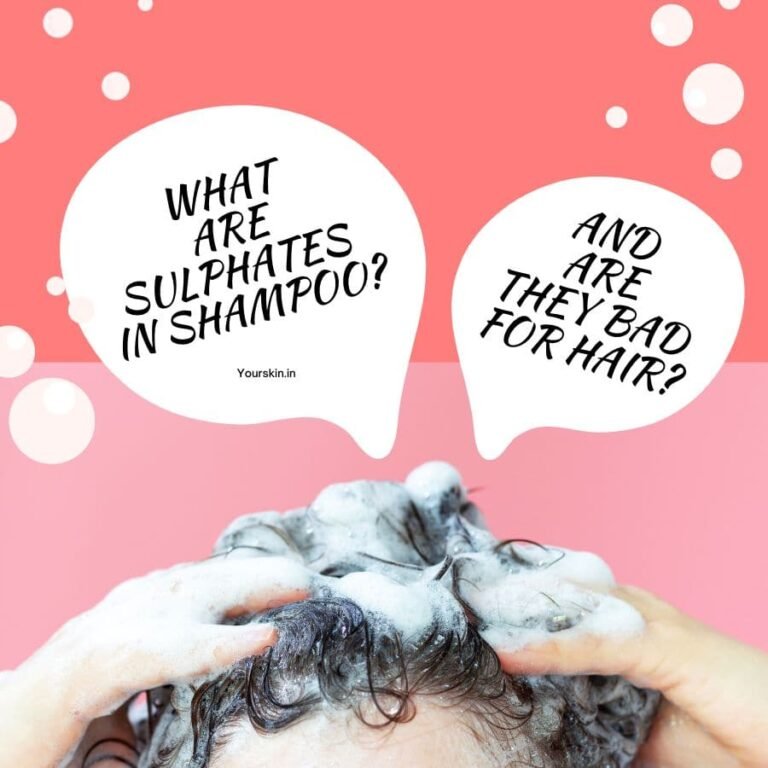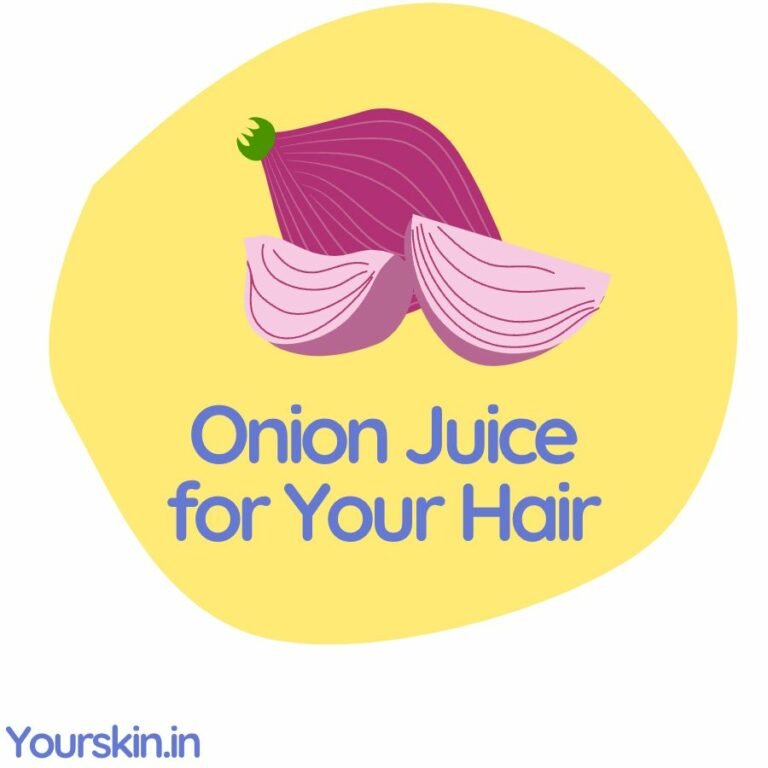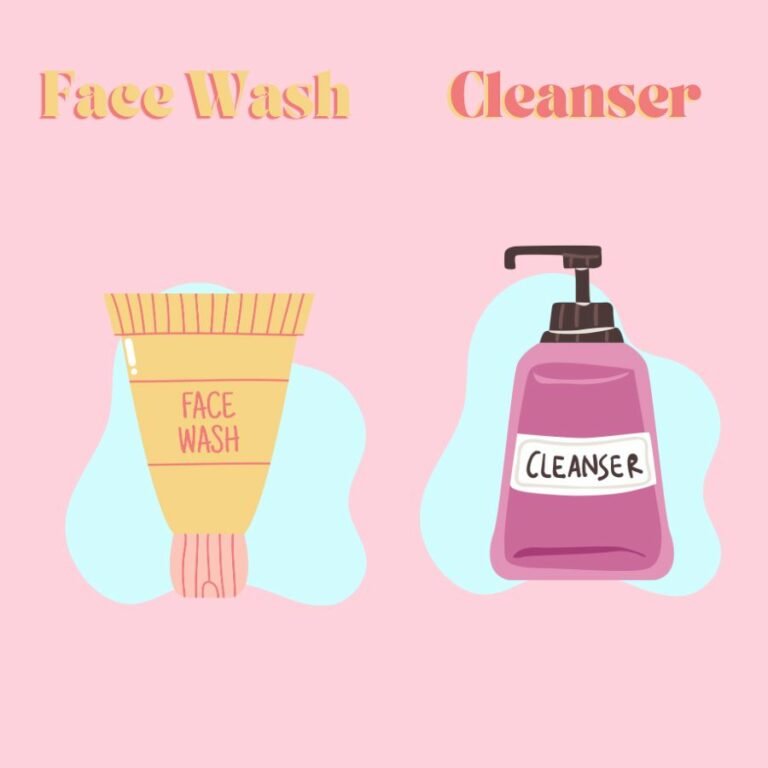Hair and scalp are equally important when it comes to skincare. And just like there are different types of skin, there are a variety of hair types as well. We are sure that you must be aware of that, but what is your hair type?
If you say straight, curly, or frizzy, you would be generalizing your hair type. There are 10 different types of hair, and research suggests that even 10 would not be enough; scientists are saying that there is a need to further increase the number of categories to properly sort hair types.
For the sake of the article, let’s discuss the 10 different hair types without diving too much into the research. The ten hair types are:
- Straight
- Wavy 2A
- Wavy 2B
- Wavy 2C
- Curly 3A
- Curly 3B
- Curly 3C
- Coily 4A
- Coily 4B
- Coily 4C
As you can see, there are 4 main types of hair, and then there is a subdivision with subtypes of hair. One thing to note is that hair type is affected by multiple factors;
- Genetics have a direct effect on your hair. This means your ethnicity plays an important role in your hair structure and texture
- Age also has a significant effect on your hair texture
- Stress is a major contributor to affecting your hair texture and health.
- Hormones, lifestyle, and climatic conditions are also a factor affecting your hair texture and type.
Let’s get to know these different types and subtypes of hair in detail.

Straight
As the name suggests, straight hair is just plain, straight hair, the simplest out of the bunch. It does not have any subtypes. Straight hair can have a variety of qualities; hair can be thick or thin, fine or coarse, etc.
Straight hair also tends to be very oily so keep that in mind while buying hair care products. Avoid hair products that make hair oily as it could make your hair and scalp susceptible to dirt and pollutants.

Wavy 2A – 2C – “S” like Hair
In the wavy hair type, the hair has a defined curl. It appears very similar to a wavy line drawn with a pen or pencil. Other qualities of the hair such as thickness, coarseness, etc can vary, but generally, people with wavy hair have thicker hair strands.
As you can see, Wavy hair has three subtypes; 2A, 2B, and 2C. An easy way to understand these subtypes is as we go from 2A -> 2C, the curly definition increases and it becomes more pronounced.
The shape of the hair is S-like, and as we move towards the 2C type, the ‘S’ shape becomes more prominent. In 2A, the hair starts to curl from the eye level and then continues to do so till the tip.
In wavy 2B, the curls start around the same place but they are more defined. Refer to the image added to get a better idea. Finally, wavy 2C is the most curly hair of the class and the shape of the hair strand resembles an “S” the most.

Curly (3A – 3C) – The Noodles Hair
Curly hair also has three subtypes, starting from 3A to 3C and the idea is the same as it was for wavy hair but with one difference. In wavy hair, the hair strands have a wavy structure, but in curly hair, these waves form a loop with other hair strands.
A very bizarre but accurate comparison would be noodles. If wavy hair is a pack of uncooked ramen, with each noodle strand separated properly, curly hair is cooked ramen with the noodle strands going haywire.
As we move from 3A to 3C, the intensity of the curls and the loops increases, with 3A being the least curly and most similar to straight hair while 3C being the curliest and least similar to straight hair.

Coily (4A – 4C) – Spring Hair
Coily hair is the most curly hair; not only does it have a wave, but it waves in three dimensions. Confused? Think of it this way; Coily hair strands have an up-and-down structure like a wave, but they also have a helical part.
Like a spring, they coil around. Since it has a very complex structure prone to damage, you should be very gentle and careful while handling coily hair. For 4A to 4C, the same trend applies; as you move from A to C, the intensity of curliness increases and the hair becomes more coily.
These were the four major types of hair (with 6 subtypes). Each hair type comes with its benefits and downsides and there is no ‘best’ hair type. There are countless other ways to classify hair, and researchers have proposed multiple other classifications. But for now, this will suffice. Take care of your skin.

